Geoffrey Ottoy
Experimental Study on the Effect of Synchronization Accuracy for Near-Field RF Wireless Power Transfer in Multi-Antenna Systems
Dec 15, 2024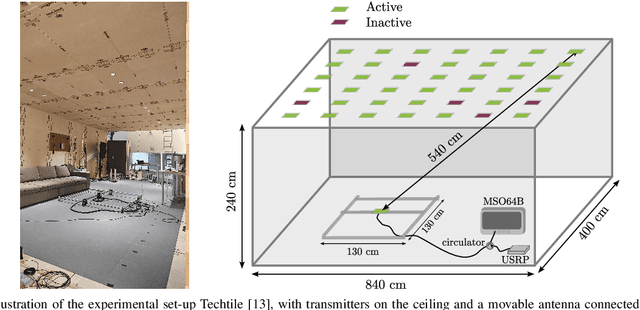
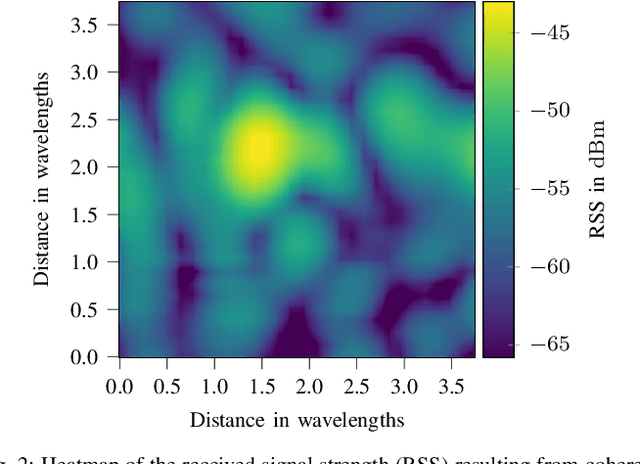
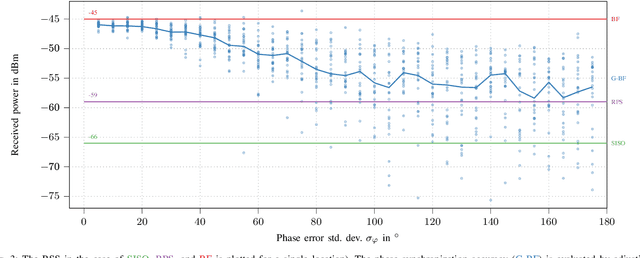

Abstract:Wireless power transfer (WPT) technologies hold promise for enhancing device autonomy, particularly for energy-limited IoT systems. This paper presents experimental results on coherent and non-coherent transmit diversity approaches for WPT, tested in the near field using the Techtile testbed. We demonstrate that a fully synchronized beamfocusing system achieves a 14 dB gain over non-coherent transmission, consistent with the theoretical 14.9 dB gain for a 31-element array. Additionally, phase alignment errors below 20{\deg} result in less than 1 dB of gain loss, while errors exceeding 40{\deg} lead to losses over 3 dB. These findings suggest that phase coherency requirements for WPT can be relaxed, and that scaling the number of antennas is a promising strategy for improving power transfer efficiency.
Techtile -- Open 6G R&D Testbed for Communication, Positioning, Sensing, WPT and Federated Learning
Feb 09, 2022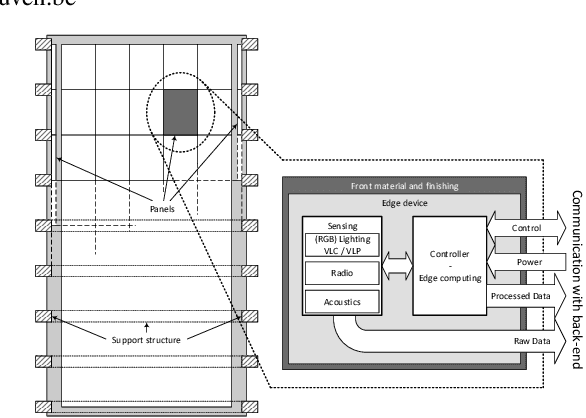
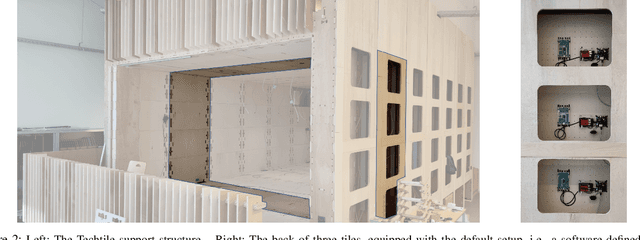
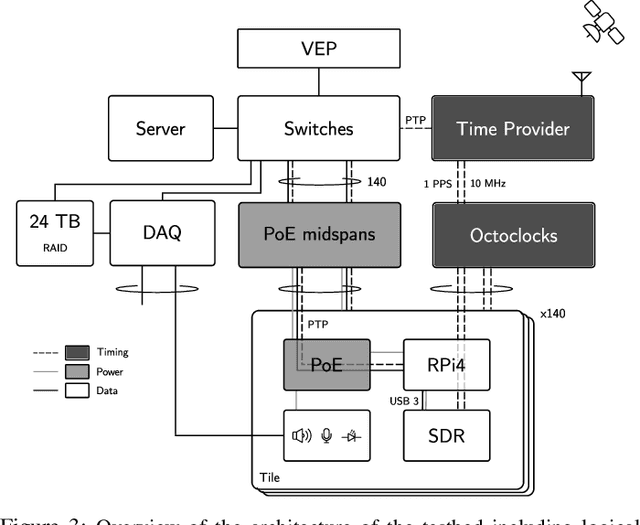
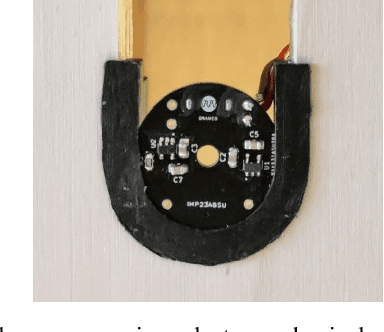
Abstract:New concepts for next-generation wireless systems are being developed. It is expected that these 6G and beyond systems will incorporate more than only communication, but also sensing, positioning, (deep) edge computing, and other services. The discussed measurement facility and approach, named Techtile, is an open, both in design and operation, and unique testbed to evaluate these newly envisioned systems. Techtile is a multi-functional and versatile testbed, providing fine-grained distributed resources for new communication, positioning and sensing technologies. The facility enables experimental research on hyper-connected interactive environments and validation of new algorithms and topologies. The backbone connects 140~resource units equipped with edge computing devices, software-defined radios, sensors, and LED sources. By doing so, different network topologies and local-versus-central computing can be assessed. The introduced diversity of i) the technologies (e.g., RF, acoustics and light), ii) the distributed resources and iii) the interconnectivity allows exploring more degrees and new types of diversity, which can be investigated in this testbed.
A Primer on Techtile: An R&D Testbed for Distributed Communication, Sensing and Positioning
May 14, 2021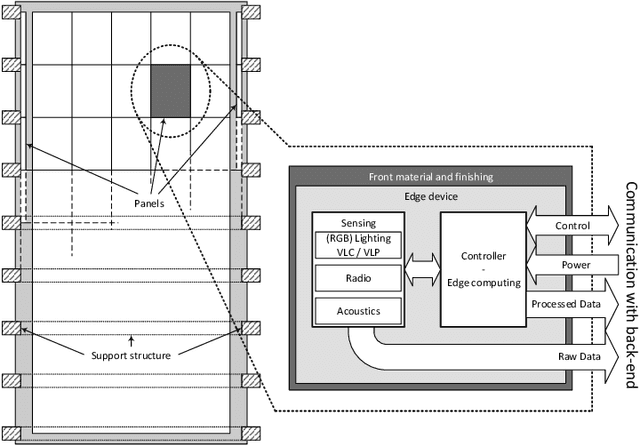
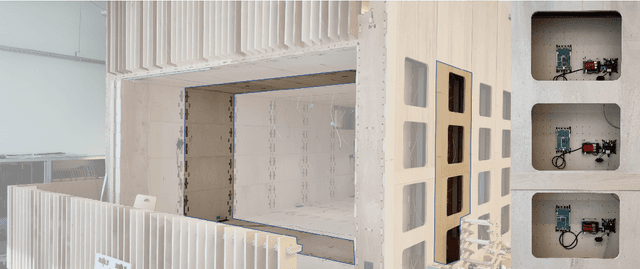
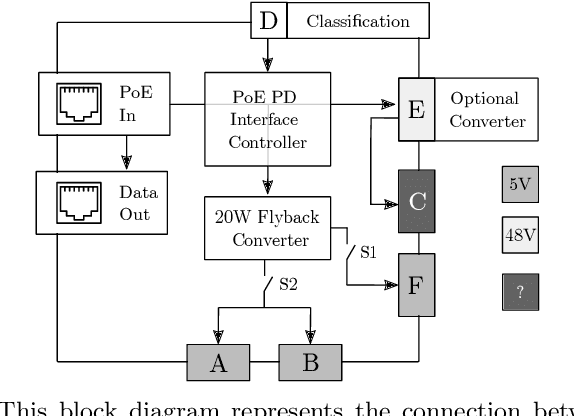
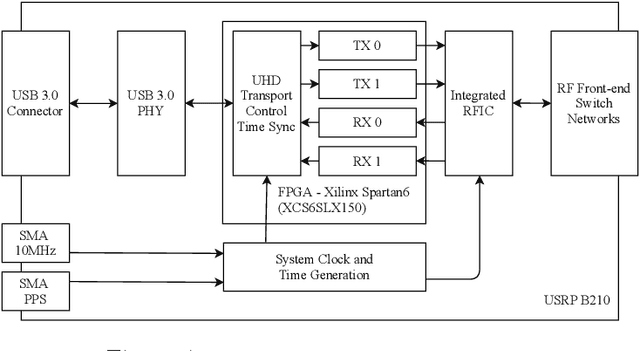
Abstract:The Techtile measurement infrastructure is a multi-functional, versatile testbed for new communication and sensing technologies relying on fine-grained distributed resources. The facility enables experimental research on hyper-connected interactive environments and validation of new wireless connectivity, sensing and positioning solutions. It consists of a data acquisition and processing equipment backbone and a fabric of dispersed edge computing devices, Software-Defined Radios, sensors, and LED sources. These bring intelligence close to the applications and can also collectively function as a massive, distributed resource. Furthermore, the infrastructure allows exploring more degrees and new types of diversity, i.e., scaling up the number of elements, introducing `3D directional diversity' by deploying the distributed elements with different orientations, and `interface diversity' by exploiting multiple technologies and hybrid signals (RF, acoustic, and visible light).
 Add to Chrome
Add to Chrome Add to Firefox
Add to Firefox Add to Edge
Add to Edge